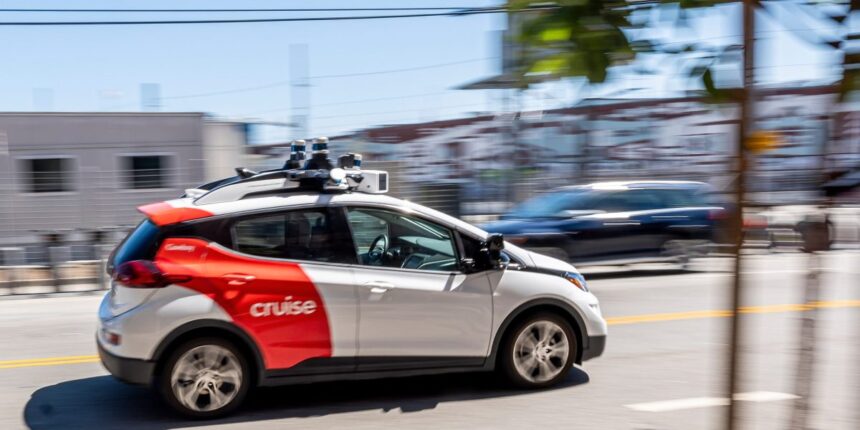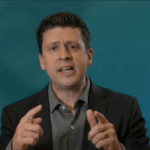
Cruise, a subsidiary of General Motors Co., was ordered by Californian officials to cut its active fleet by half after one of its robotaxis collided with a firetruck late Thursday in San Francisco, injuring the vehicle’s passenger.
California’s Department of Motor Vehicles said it’s investigating recent “concerning incidents” involving the autonomous-driving company’s vehicles. Cruise will have no more than 50 driverless vehicles operating during the day and 150 at night, until the investigation is complete and the company takes “appropriate corrective actions to improve road safety,” the DMV said in a statement late Friday.
The latest crash was reported by Cruise in a series of social media posts Friday.
“One of our cars entered the intersection on a green light and was struck by an emergency vehicle that appeared to be en route to an emergency scene,” Cruise posted on X, the platform formerly known as Twitter. The accident occurred shortly after 10 p.m. in the Tenderloin neighborhood of San Francisco, Cruise said.
“Our car contained one passenger who was treated on scene and transported via ambulance for what we believe are non-severe injuries,” the company said.
Thursday night’s collision, at the intersection of Turk and Polk streets, occurred while the firetruck was operating in a “Code 3” emergency mode, the San Francisco Police Department said. That means the fire truck’s lights, including a forward-facing steady red light and siren, were activated.
The incident raises questions about why the vehicle didn’t know to stop for an emergency vehicle, and why it didn’t notice through traffic while crossing an intersection. The DMV warned in its statement it could suspend or revoke testing and deployment permits if “there is determined to be an unreasonable risk to public safety.”
A video by San Francisco’s local ABC network showed the accident.
Last week, California’s Public Utilities Commission voted 3 to 1 to allow Cruise and Alphabet Inc.’s Waymo to increase the areas of the city where they can operate autonomous vehicles without a safety driver, and charge riders a fare for it.
Read More: Google’s Waymo, Cruise Get Nod to Expand in San Francisco
The city of San Francisco, led by City Attorney David Chiu, asked state regulators on Wednesday to pause their decision to grant Cruise and Waymo’s expansion.
“San Francisco will suffer serious harm if Cruise is allowed expansion in the City with no limitations on geographic area, service hours and fleet size,” the city wrote in its 84-page motion. “As the Commission has acknowledged, the performance of Cruise’s driverless AVs currently in limited deployment and testing has interfered with first responder operations, public transit, street construction workers, and the flow of traffic generally.”
Recent posts on social media have also shown some strange behavior from Cruise’s driverless vehicles. One video posted Monday showed a car driving through a crosswalk even as children crossed, and another showed the Cruise vehicle stop in an intersection with cars behind it.
— With assistance by Malathi Nayak and Shiyin Chen








